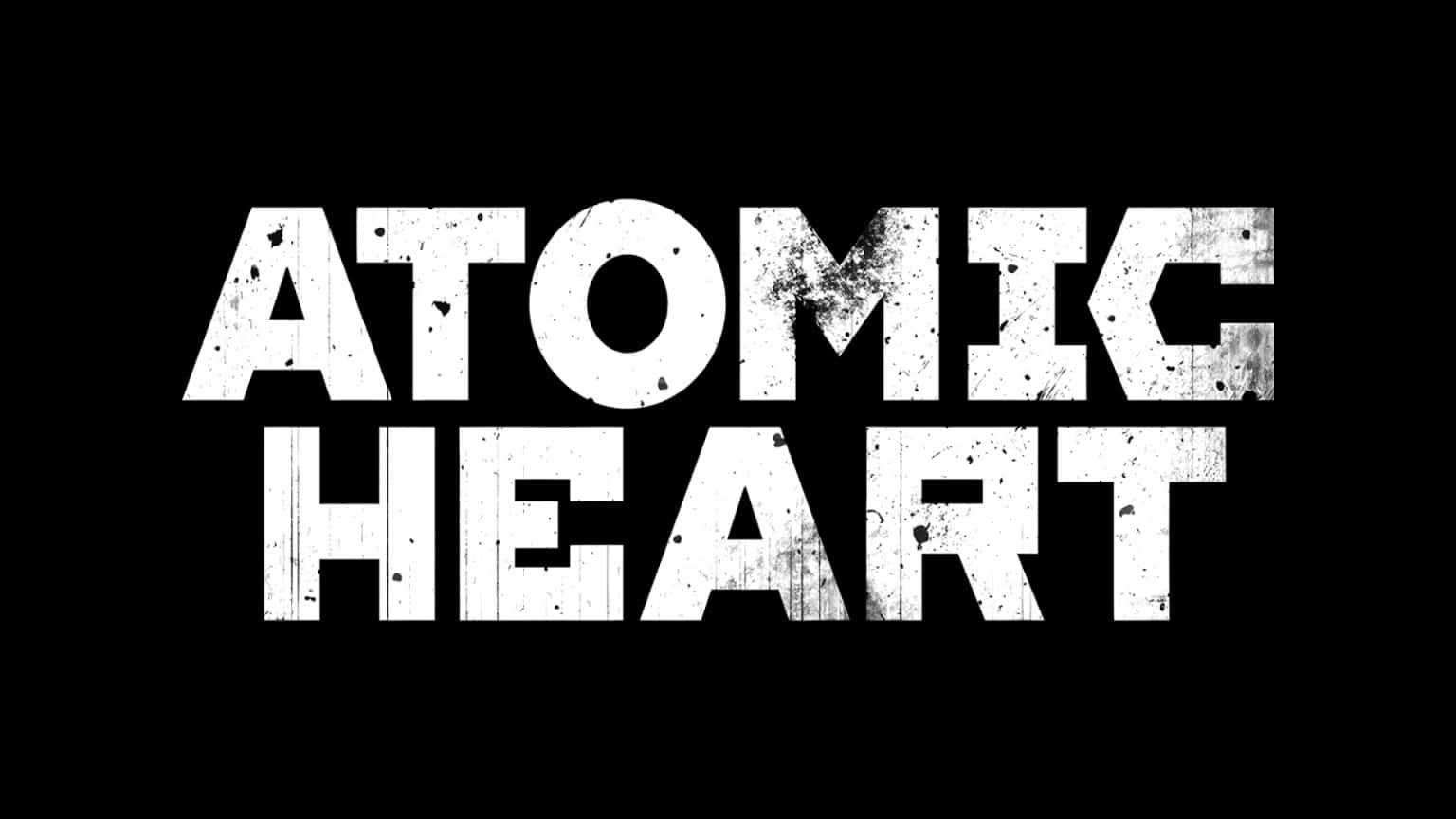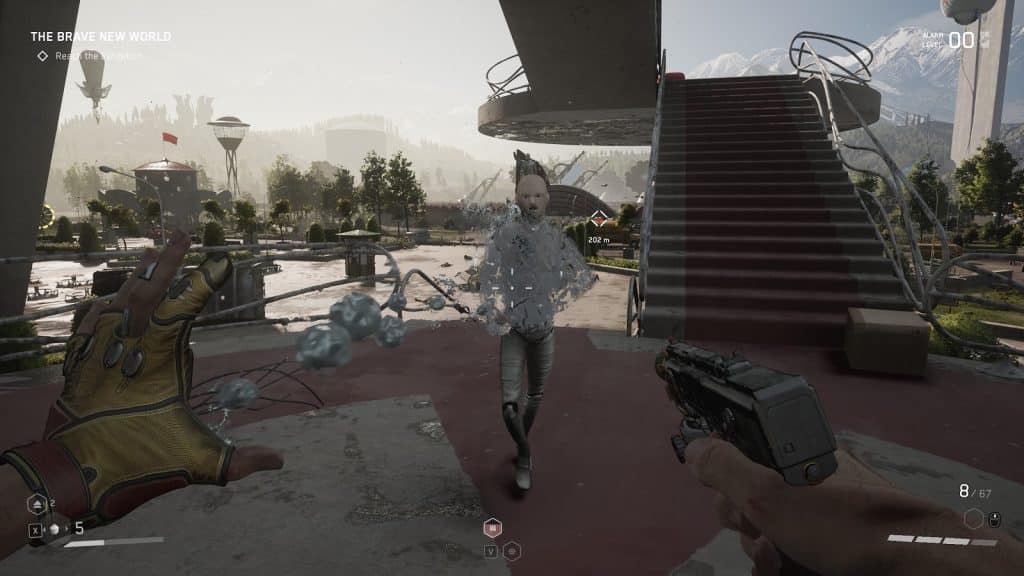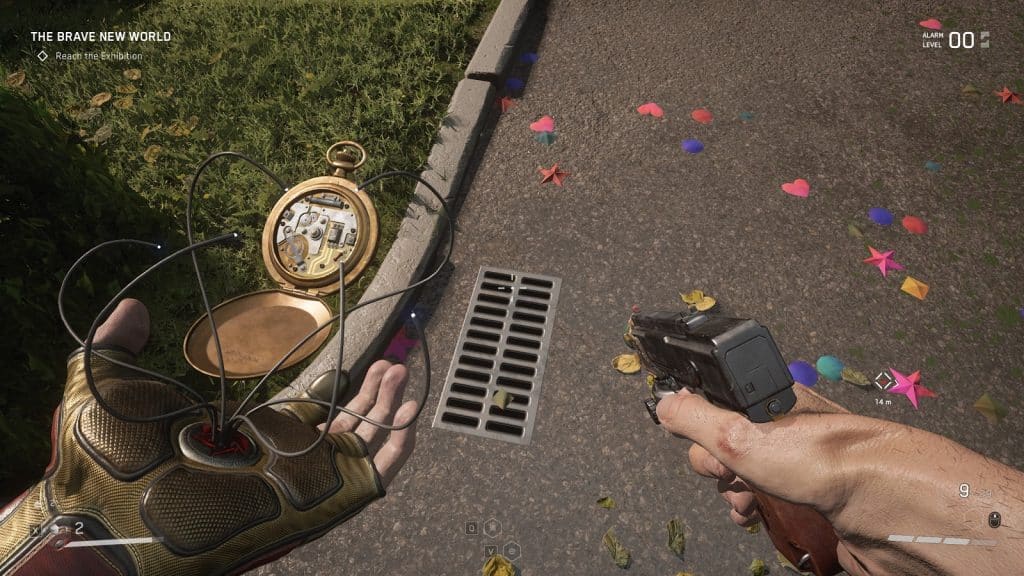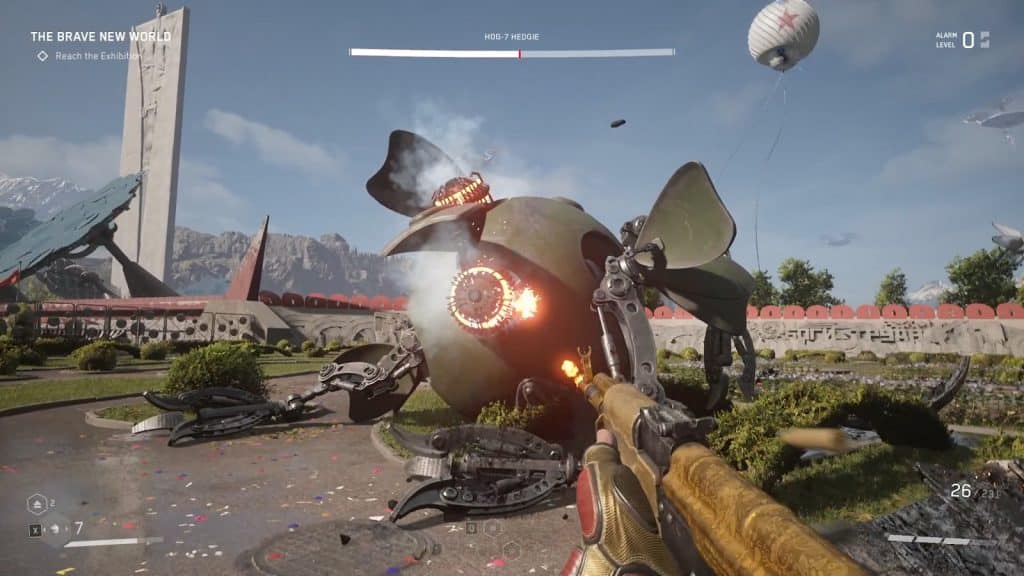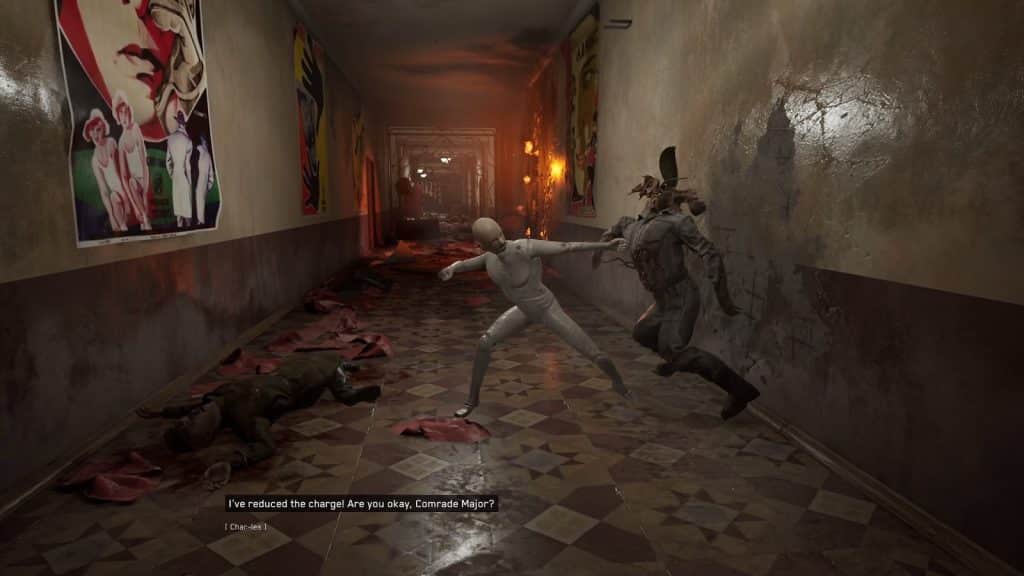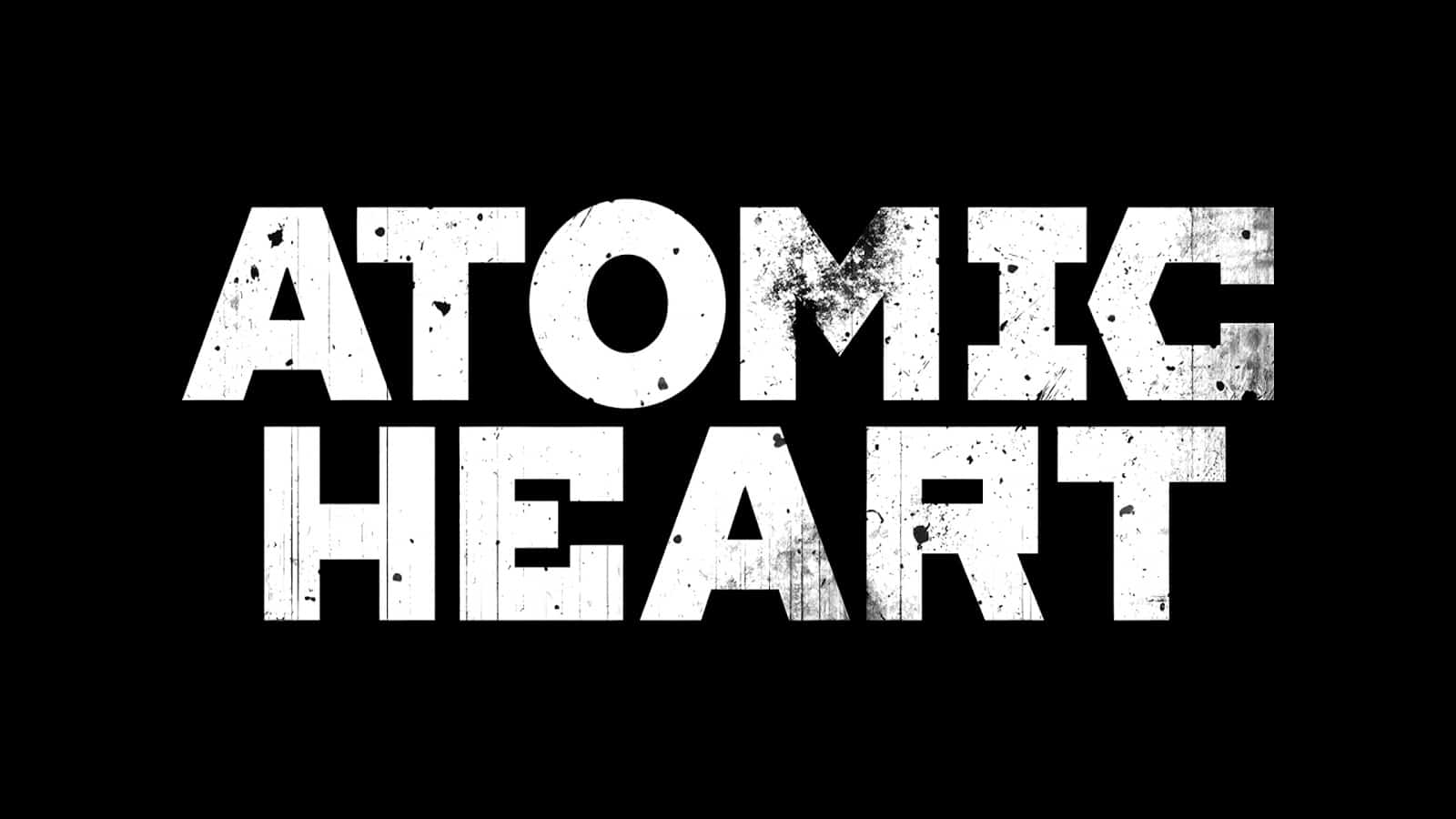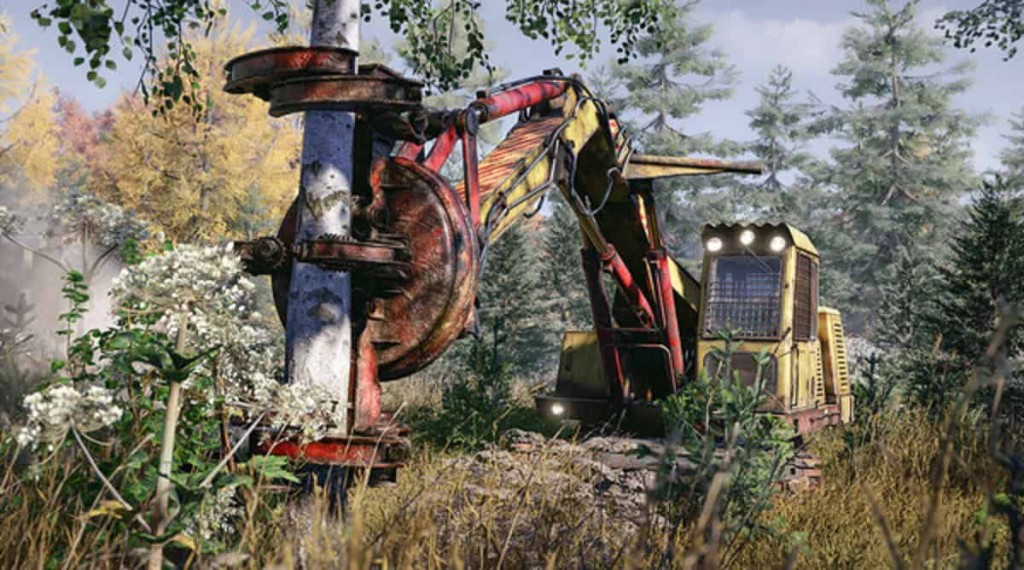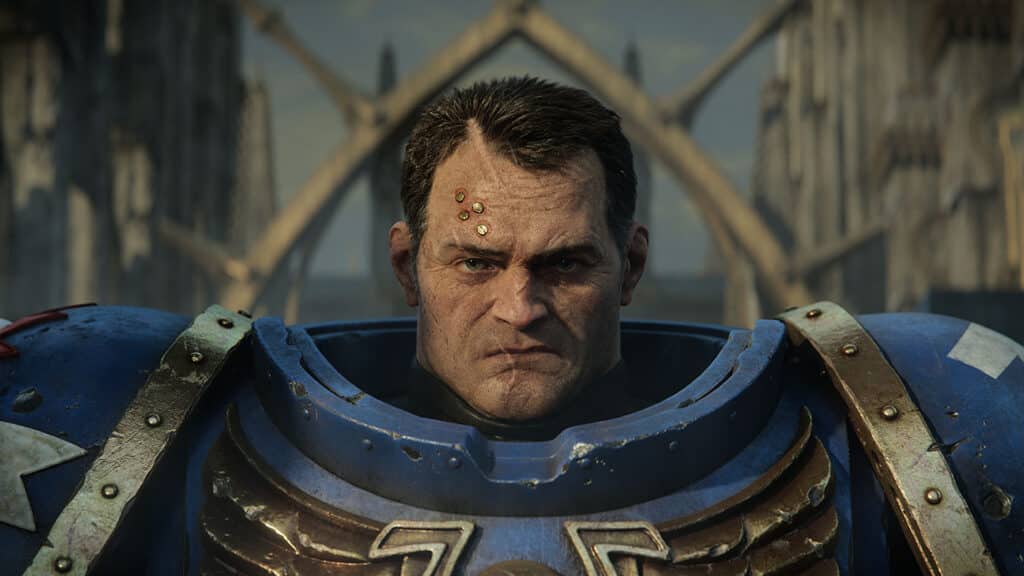Atomic Heart is a survival FPS game from studio Mundfish and published by Focus Entertainment. When I first caught glimpses of the game, my mind automatically drifted to Bioshock. As we’ve come to expect, science is capable of so many wonders but is capable of bringing about unspeakable disaster. My initial impression of the game was spot on. But there is more to it than that. It had shades of Fallout written all over it.
It is the 1950s, the world is recovering from a virus developed by Nazi Germany. In this alternate timeline, Russia overcame certain doom by making great strides in science and technology. And now the Soviet Union is on the cusp of a new age under the Kollektiv. If that gives you pause, it should.
The player takes control of Major Sergey Nechayev, an agent of Dr. Sechenov, aka the man responsible for all the greatest scientific advancements in the modern era. He sends you on a mission to collect a prisoner from Facility 3826. Unfortunately for him, his walk in the park quickly turns into a war zone. As a character, the major comes off as an asshole. Not the likable kind. Just a plain asshole. That’s fine and all, if it serves a greater purpose in the story. And it sort of does here. But I feel like they went a little too hard on the meanness.
As for the rest of the characters – if they aren’t the Major, Stockhausen, Dr. Sechenov, CHAR-Les the glove – they are MIA for most of the adventure. Really, I was more invested in getting to know the androids than the people responsible for the disaster. It’s like they exist solely to give us a reason to go into different parts of the facility. And believe me, it is a very large facility.
As a survival game, you will be spending most of the time looting containers and dead enemies for resources. These resources are then converted into upgrades and ammo for you to tackle bigger and more powerful enemies. It’s a simple yet effective loop that makes us feel good about finding hidden staches. As an added bonus, item management resembles that of Resident Evil 4’s briefcase.
Puzzle-solving plays a huge part in the game. They mostly consist of brain teasers in the form of locks and other objectives. The puzzles that require you to pay attention to environmental clues are probably my favorite. Looking at a carefully placed piece of paper and putting two and two together certainly made me feel good. Also, it served as a reprieve from the middle-of-the-road gunplay present in the game.
When it comes to gunplay, Atomic Heart doesn’t exactly stick the landing for me. I would often burn through ammo after a couple of fights. And weapons don’t have the impact they ought to have. Of course, I could be using the junk I pick up to craft more ammo but that delays me from buying more abilities and passives. At least the melee combat, along with the dodging, more than make up for it.
The game encourages you to use telekinesis to throw objects at enemies as a means of saving ammo but the game does a poor job of conveying to the player what they can or cannot pick up. The boxes are most perplexing since picking up and throwing objects are a common sight in puzzle-solving FPS games. So there’s no reason why it should be difficult to tell what you can use as a projectile.
Enemies range from creepy androids that would sooner choke the life out of you to horrible mutations that reanimate corpses. The former I can deal with while the latter dredged up memories of stomping on dead bodies for extra insurance. Little did I know my Dead Space paranoia actually paid off on more than a few encounters.
At first, I was not on board with the way the game handled boss battles. Most bosses are highly mobile and your character doesn’t even sprint on command. So you are left to dodge your guts out to prevent getting hit. Eventually, I learned to love the battles. Each boss has a weakness that you’ll need to scan for in order to work around. I even started to treat each encounter like a sort of rhythm game with the way I was weaving in between attacks. It’s a good thing Sergey’s implants allow us to predict when an enemy is about to unleash a powerful attack.
The game has a love for visual spectacle. I am convinced that the majority of the cutscene budget was allocated to the first hour of the game as they were setting up the backdrop for the game. Well, they did a great job getting me invested in the world, at least. Though audio issues prevent the cutscenes from capitalizing on the action on screen. I was definitely pulled out of the immersion after noticing the lack of certain sound effects.
The music is a mix of 16-bit chiptunes, metal rock, and Russian songs. It’s a bit all over the place and I sometimes don’t know what I’m going to hear during the next major encounter. I actually didn’t mind so much. I just went with the flow most of the time.
The majority of the conversations are between Sergey and his companion glove. If they aren’t debating about the merits of certain ideas, they are trying to figure out what really went down in Facility 3826. But that’s not the oddest part of it all. Everyone else, minus our German friend, talks like characters from the Metro series. The books, mind you. Not so much the games. I’ve never heard so much philosophy outside of an actual philosophy class.
Playing on PC, the game runs fine. There is the occasional visual hiccup as a result of scripted events getting ahead of themselves. But other than that, androids and bioweapons took my attention away from noticing any other imperfections. The only time I experienced a hard crash was when there was a lot of action on the screen, and the game unexpectedly closed. But that only happened more than 20 hours into the game.
Atomic Heart is brilliant, well-intentioned, and yet flawed at the same time. Much like Dr. Sechenov. While I complained a fair bit about the gunplay and abilities, I was genuinely impressed with the enemies and bosses. On top of that, I walked away from the experience wanting to know more about the world of Atomic Heart. And finally, melee combat ended better than I expected. All these factors are enough to give the game a favorable outlook. If you’re in the market for an interesting FPS puzzle-solving experience, this might be what you’re looking for. If you’re looking for top-notch FPS action, you’d best look elsewhere.



